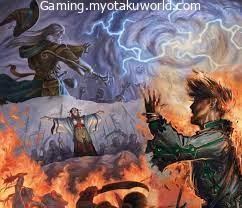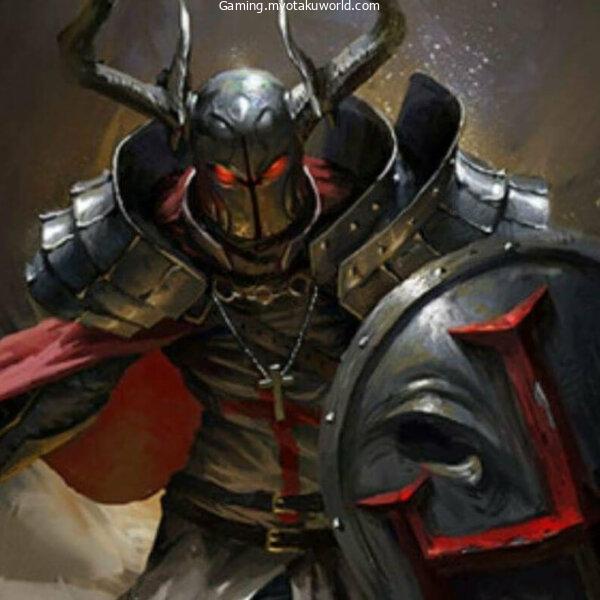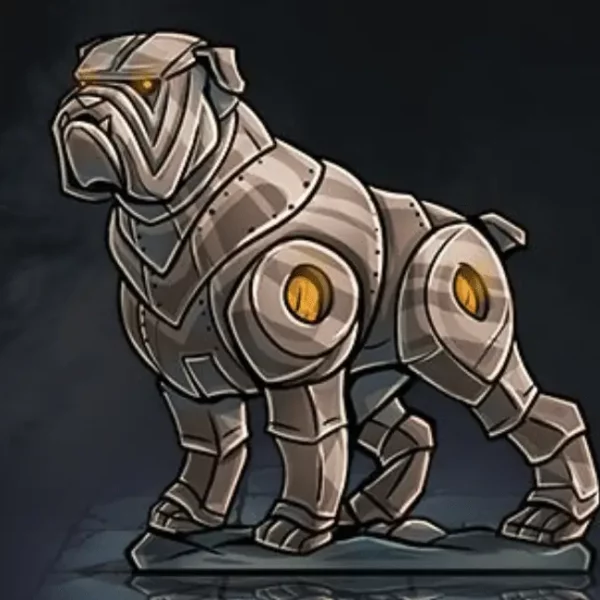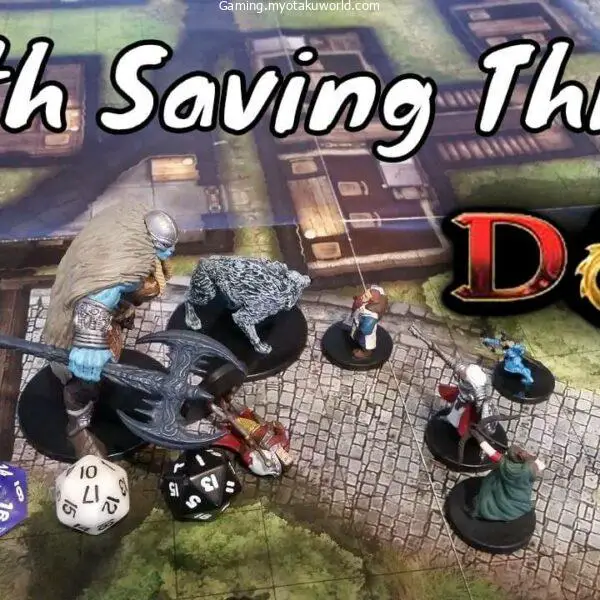Another classic from the past, Faerie Fire, gets an upgrade in terms of its effectiveness in 5e.
It’s among the most powerful spells for fighting enemies that are not seen, but it has its negatives.
Rules for Faerie Fire are found in the Players Handbook on page 239.
Faerie Fire 5e
Evocation: 1st Level
Time to Cast: 1 Action
Range: 60 feet
Components: V
Duration: Concentration for between 1 and 1 minute
Every item in a 20-foot-wide cube is highlighted in green, blue, or purple light (your preference).
The creature that is in the area during the time the spell is cast is also highlighted in light if it fails a Dexterity saving roll.
For the duration, all objects and creatures affected by the spell emit the light of a dim 10 feet radius.
Every attack roll that is made against an object or creature can be a benefit if the target can see it, while the affected object or creature doesn’t benefit from being invisible.
The rules of this Faerie Fire spell are clear, but the rules for Faerie Fire leave some room for flavor.
The rules also state that creatures and objects will be negatively affected. Creatures can make a dexterity saving throw to prevent the effects, but this does make this spell less effective.
How good can you say Faerie Fire is?

Faerie Fire as with all spells that require saving is as good as the difficulty check that helps keep them out of your reach.
This being said, Faerie Fire is one of the spells that may be the most effective spell in your arsenal, based on the scenario.
It’s a good idea to have it in your arsenal in everyday situations isn’t too bad also. It’s important to remember that even though it does come with one save option, it’s only one save. When it is hit, it stays for the entire 10-rounds.
If the spell is successful will give an advantage to attacks on the creatures targeted. Using this spell in conjunction with a sneak-attack-wielding rogue or a multi-attacking fighter can be devastating.
The probability of hitting increases and the likelihood to hit critically increases with every attack. Remember your Paladin allies with smite in their pocket.
The drawback of this is Faerie Fire is a 20-foot cube, and it is unrestricted to the people within the.
While your companion Rogue may be able to save you the paladin wearing plate mail won’t, which gives any attack against him an advantage also.
All of this will lead to the traditional use of the spell to counter invisibility.
A creature that is hit by Faerie Fire provides light and gives an advantage to those who attempt to attack it, but it’s also not benefiting by being invisible.
The 20-foot cube property creates an area of effect which means that you don’t need to be precise about the place you cast your spell.
Hot Tip
When a rogue has an advantage in the attack they are given the chance to sneak attack.
The combination of a spell-like Faerie Fire with this ability gives the rogue an enormous advantage, giving the chance to a stealth attack on all the creatures that are affected.
Does Faerie Fire Work in Magical Darkness?

Magical darkness, like the Darkness spell, can eliminate any source of light that is not magical and magical light casting at 2 2 level or less.
This means Faerie Fire would need to be cast at least level 3 to disappear under this Darkness magic spell.
The creature that is affected through Faerie Fire would be illuminated by the Darkness spell and be illuminated by dimly over 10 feet.
Any creature within that 10 feet range will be able to engage the affected creature in normal ways.
This also applies to creatures that are not part of the Darkness spell when the Faerie Fire-affected creature is less than 10 feet from the outer edge of the Darkness spell’s area.
The benefits and disadvantages offered by these two spells could be a bit confusing depending on which one is affected by which.
If both creature types are affected by Faerie Fire, they both benefit from the attacks.
If one is affected, but the other isn’t, the non-affected creature is in the lead and the one that is affected can attack normal because of the dim light that they emit.
Hot Tip
Every spell can use at an upper. Certain spells, like Magic Missile, have enhanced benefits to casting them.
Although there aren’t any benefits for a higher-level cast doesn’t mean that it shouldn’t be accomplished. It’s just that there aren’t any additional incentives.
Who is the recipient of Faerie Fire?
- Bard, Artificer, and Druid
- Light Cleric Light Cleric, Twilight Cleric, Swarmkeeper Ranger, Archfey Warlock
- Mark of the Dragonmark that was found
The basic classes with accessibility to Faerie Fire include the bard, artificer, and the druid.
Druids are the most likely to gain the benefits of this magic since it’s dependent on the situation.
Since they can make any spells that are available, such as the divine casters can change spells daily and only prepare them in the event of an urgent need.
Hot Tip
The language used for specific spells lets you choose those creatures affected within the range of effect. Faerie Fire is not one of those spells.
This means it could affect your friends when they fail the dexterity check. This gives enemies advantages when they attack your friends.
Final Words
Faerie Fire is ultimately an ability that is used for a specific situation. If you are combat in darkness as well as fighting undetectable forces it’s a must-have.
But, this doesn’t mean that it can’t be used its application in normal combat against armored adversaries or in other situations which would otherwise give an advantage to attackers.
The careful placement of the spell is essential when using this spell as it affects your allies as well as adversaries.
Giving your enemies an advantage on their attacks is not an excellent idea.









